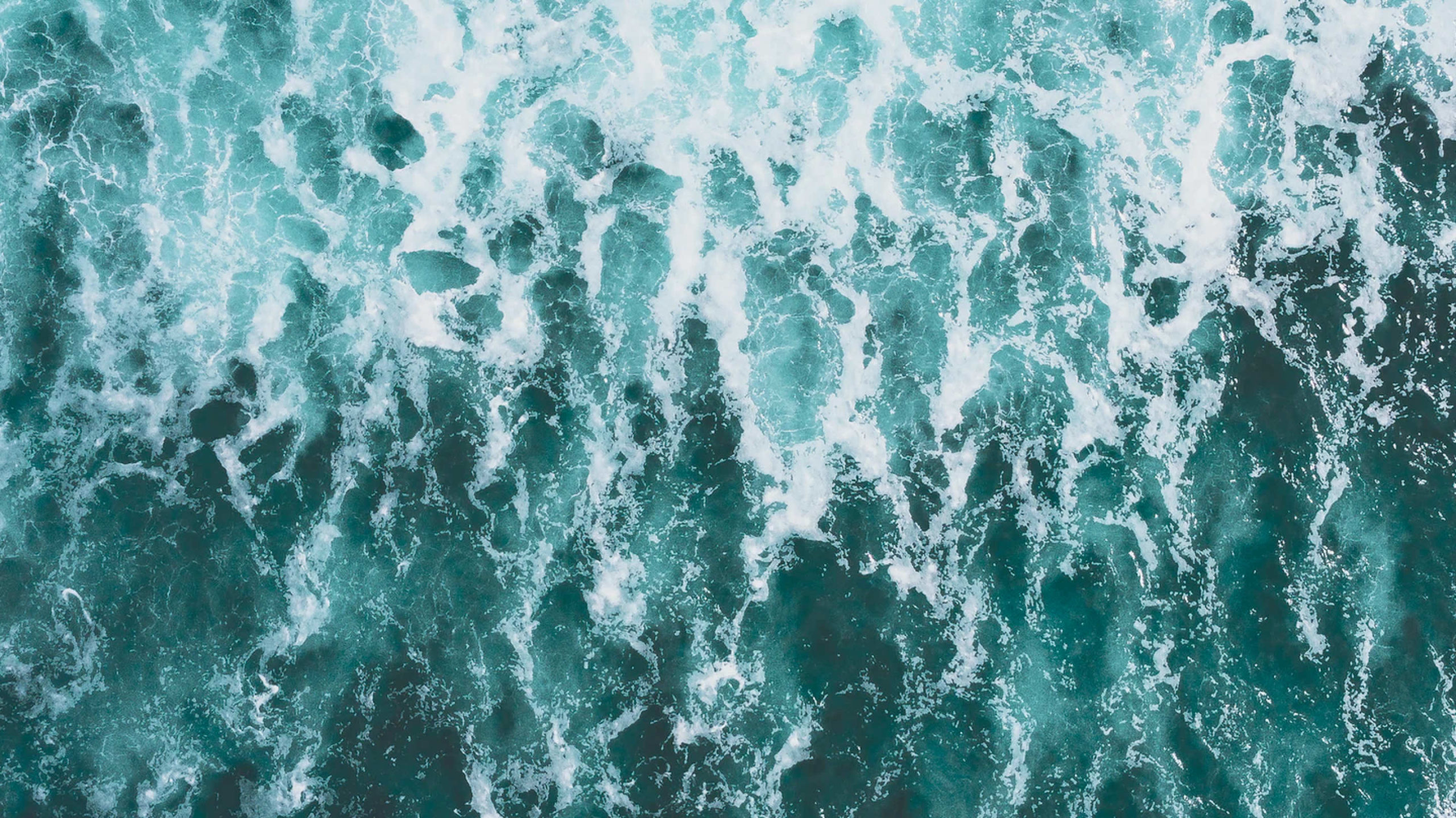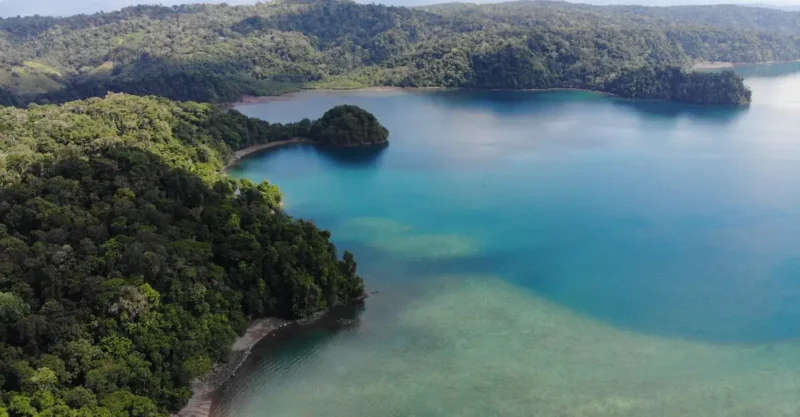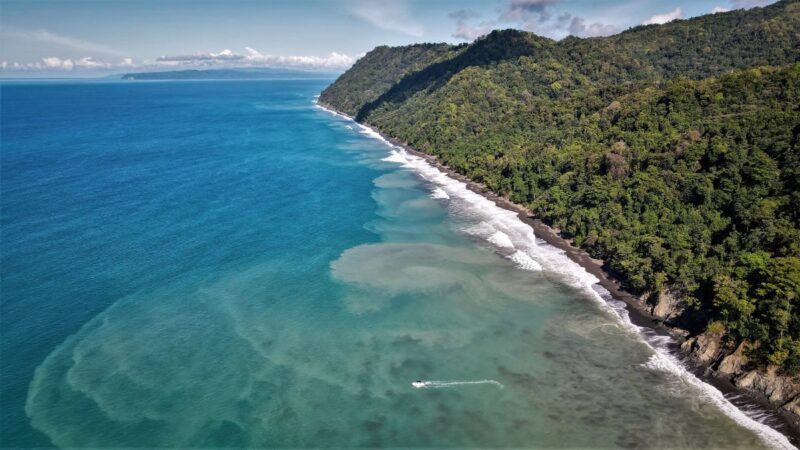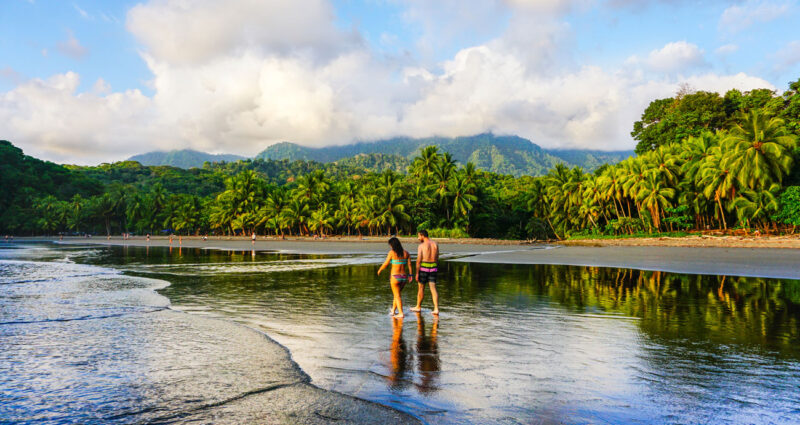[et_pb_section fb_built=”1″ admin_label=”section” _builder_version=”3.22″ global_colors_info=”{}”][et_pb_row admin_label=”row” _builder_version=”3.25″ background_size=”initial” background_position=”top_left” background_repeat=”repeat” global_colors_info=”{}”][et_pb_column type=”4_4″ _builder_version=”3.25″ custom_padding=”|||” global_colors_info=”{}” custom_padding__hover=”|||”][et_pb_text admin_label=”Text” _builder_version=”3.27.4″ background_size=”initial” background_position=”top_left” background_repeat=”repeat” global_colors_info=”{}”]
Sea turtles are commonly seen year around in the waters of our Golfo Dulce (“sweet gulf”). However, the main nesting season on the peninsula is from June until December. We have 4 species that nest on our beaches: olive ridleys, green turtles, hawksbill turtles, and leatherbacks. Olive ridley turtles are the most common species found nesting on beaches around the Osa. A small population of the more endangered hawksbill sea turtles live in the Golfo Dulce.
[/et_pb_text][/et_pb_column][/et_pb_row][/et_pb_section][et_pb_section fb_built=”1″ theme_builder_area=”post_content” _builder_version=”4.14.7″ _module_preset=”default”][et_pb_row _builder_version=”4.14.7″ _module_preset=”default” theme_builder_area=”post_content”][et_pb_column _builder_version=”4.14.7″ _module_preset=”default” type=”4_4″ theme_builder_area=”post_content”][et_pb_code _builder_version=”4.14.7″ _module_preset=”default” theme_builder_area=”post_content” hover_enabled=”0″ sticky_enabled=”0″][/et_pb_code][/et_pb_column][/et_pb_row][/et_pb_section]









